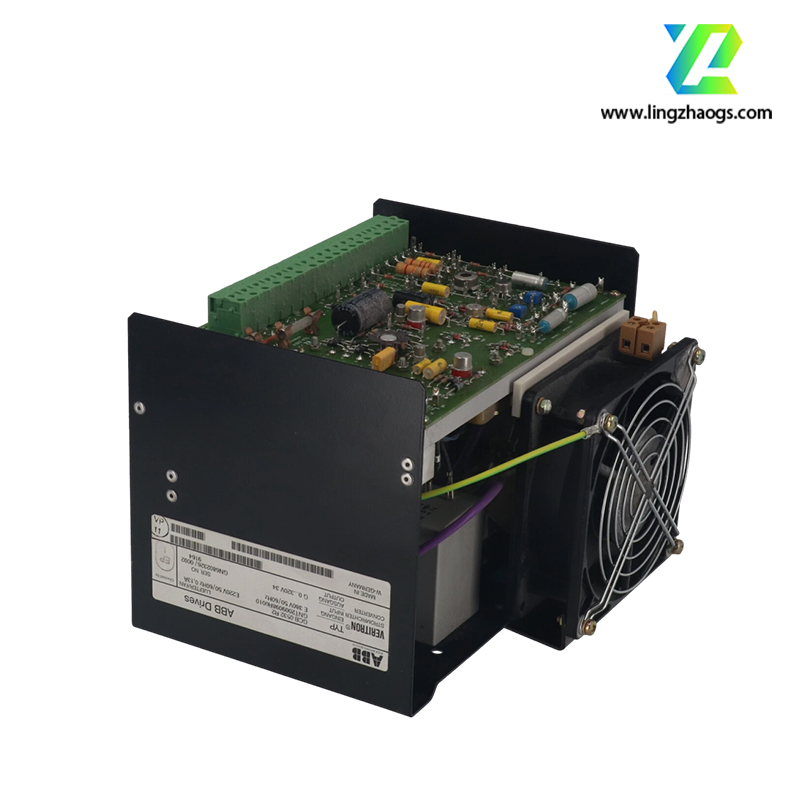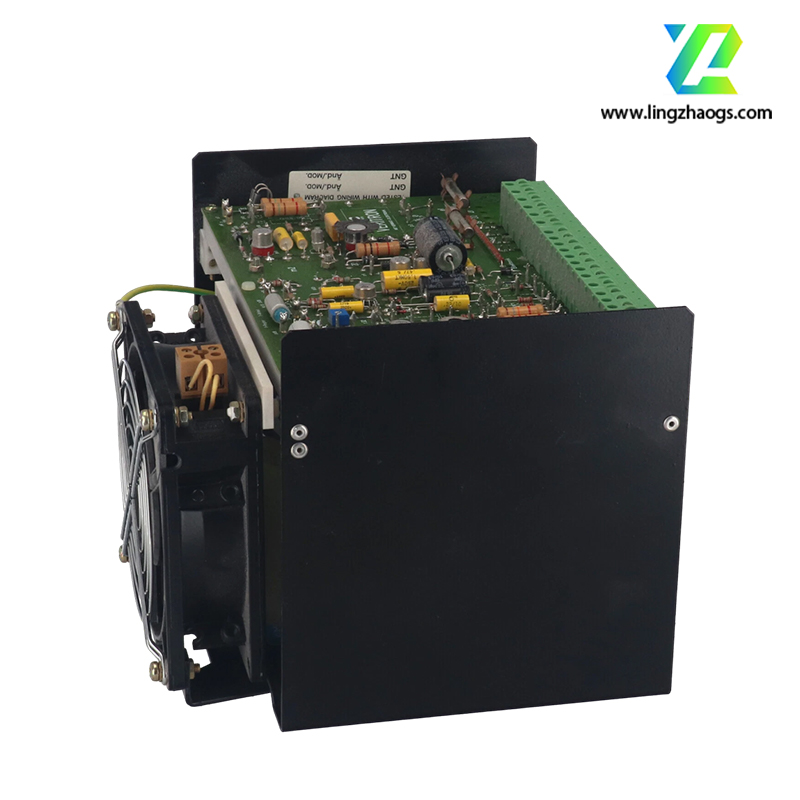Based on available product information, the ABB GNT2009098R0010 is a communication module or interface unit, primarily designed to enable data exchange and protocol conversion between ABB industrial equipment (such as drives, controllers, or sensors) and upper-level control systems (like PLCs, DCS, or SCADA). Below is its detailed information in English:
- Manufacturer: ABB
- Part Number: GNT2009098R0010
- Product Category: Communication Module / Industrial Network Interface Unit
- Associated Product Line: Likely compatible with ABB’s industrial automation product portfolio, such as ACS series drives (e.g., ACS880, ACS580) or other control devices (specific compatibility depends on the equipment model and firmware version).
- Core Function: Serves as a bridge for data transmission between field devices and control systems. It supports specific industrial communication protocols to ensure seamless, real-time data exchange, including device status monitoring, parameter configuration, and control command transmission.
- Supported Protocols: Typically designed for mainstream industrial communication protocols. Common supported protocols may include:
- Modbus RTU/TCP: A widely used open protocol for connecting industrial electronic devices, suitable for small-scale data transmission.
- PROFINET: A real-time Ethernet protocol based on IEEE 802.3, commonly used in high-speed, deterministic industrial automation networks.
- EtherNet/IP: An Ethernet-based industrial protocol developed by ODVA, widely adopted in North American and global industrial markets.
- (Note: The exact protocol support depends on the module’s hardware design; confirm via official documentation.)
- Interface Type: Features standard industrial network interfaces to match supported protocols:
- Ethernet Port: 1 or 2 RJ45 ports for TCP/IP-based protocols (e.g., Modbus TCP, PROFINET, EtherNet/IP), supporting 10/100 Mbps adaptive transmission.
- Serial Port: Optional RS485/RS232 serial ports for Modbus RTU or other serial protocols, enabling connection to legacy devices.
- Data Transmission Capacity: Supports real-time, high-speed data exchange with low latency (typically in milliseconds), meeting the response requirements of industrial control systems for field device status and control commands.
- Configuration Method: Configured via ABB’s dedicated engineering software (e.g., DriveComposer, Control Builder Plus) or third-party protocol configuration tools. It allows users to set communication parameters (such as IP address, baud rate, and slave address) and define data exchange points.
- Housing & Protection: Adopts a compact, industrial-grade housing with a protection rating typically up to IP20 (suitable for indoor cabinet installation). It is designed to resist electromagnetic interference (EMI) in industrial environments, ensuring stable communication.
- Power Supply: Powered by a low-voltage DC power source, commonly 24 V DC (compatible with standard industrial control system power supplies), with overvoltage and reverse polarity protection to prevent damage from power anomalies.
- Mounting Type: Supports DIN rail mounting (compatible with standard 35 mm DIN rails), facilitating quick installation and integration into control cabinets alongside other automation components.
- Industrial Drive Networking: Used to connect ABB variable frequency drives (VFDs) to PLCs or SCADA systems. It enables remote monitoring of drive parameters (e.g., speed, current, and temperature) and remote control (e.g., start/stop, frequency adjustment).
- Automation System Integration: Integrates various ABB field devices (sensors, actuators, or local controllers) into a unified industrial network. It realizes centralized monitoring and control of the production process, improving operational efficiency and fault diagnosis capabilities.
- Legacy System Upgrading: Provides protocol conversion capabilities for older industrial devices without modern network interfaces. It allows these devices to connect to new Ethernet-based control systems, extending their service life while reducing upgrade costs.
- Compatibility Verification: The module’s compatibility with specific ABB devices (e.g., drive models) and control systems depends on hardware interfaces and firmware versions. Always verify with ABB’s official compatibility matrix or technical support before integration.
- Firmware Updates: Regular firmware updates may be required to enhance performance, add new protocol features, or fix vulnerabilities. Updates are typically performed via the configuration software and a physical connection (Ethernet or USB).
- Official Documentation: For detailed specifications (e.g., exact protocol versions, interface pinouts, power consumption, and operating temperature range), refer to ABB’s official product datasheet or technical manual for GNT2009098R0010.









